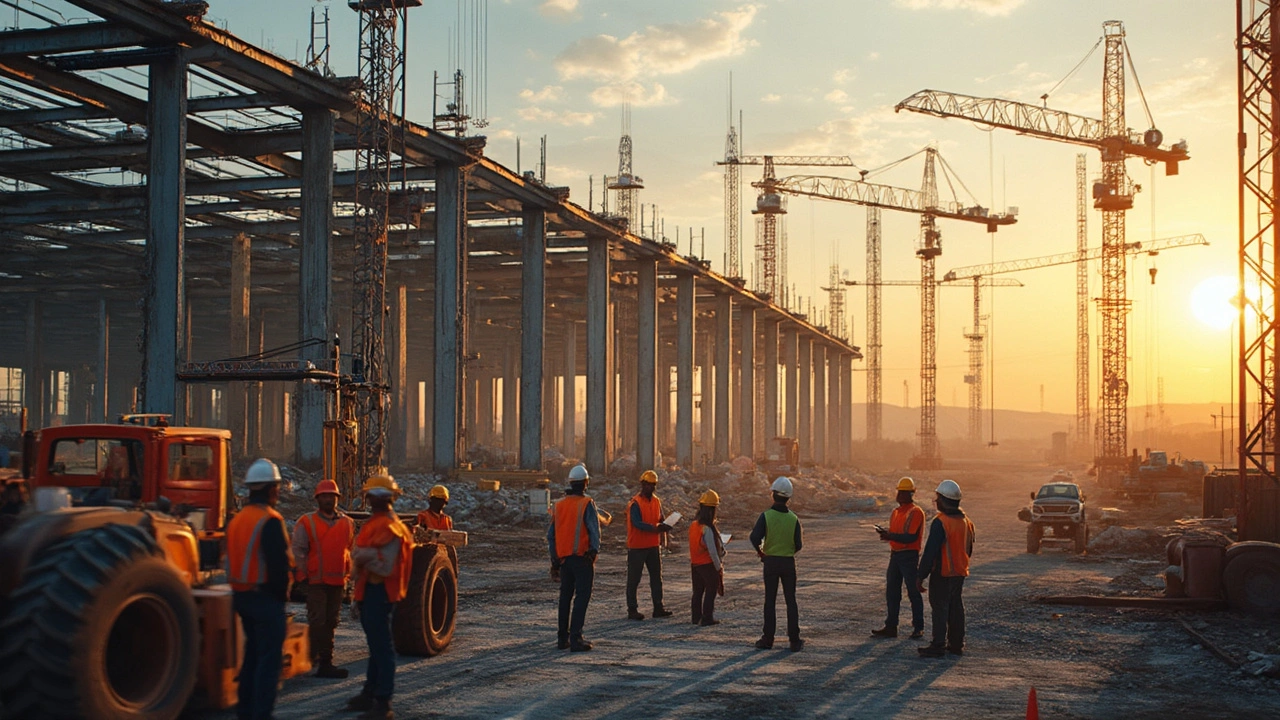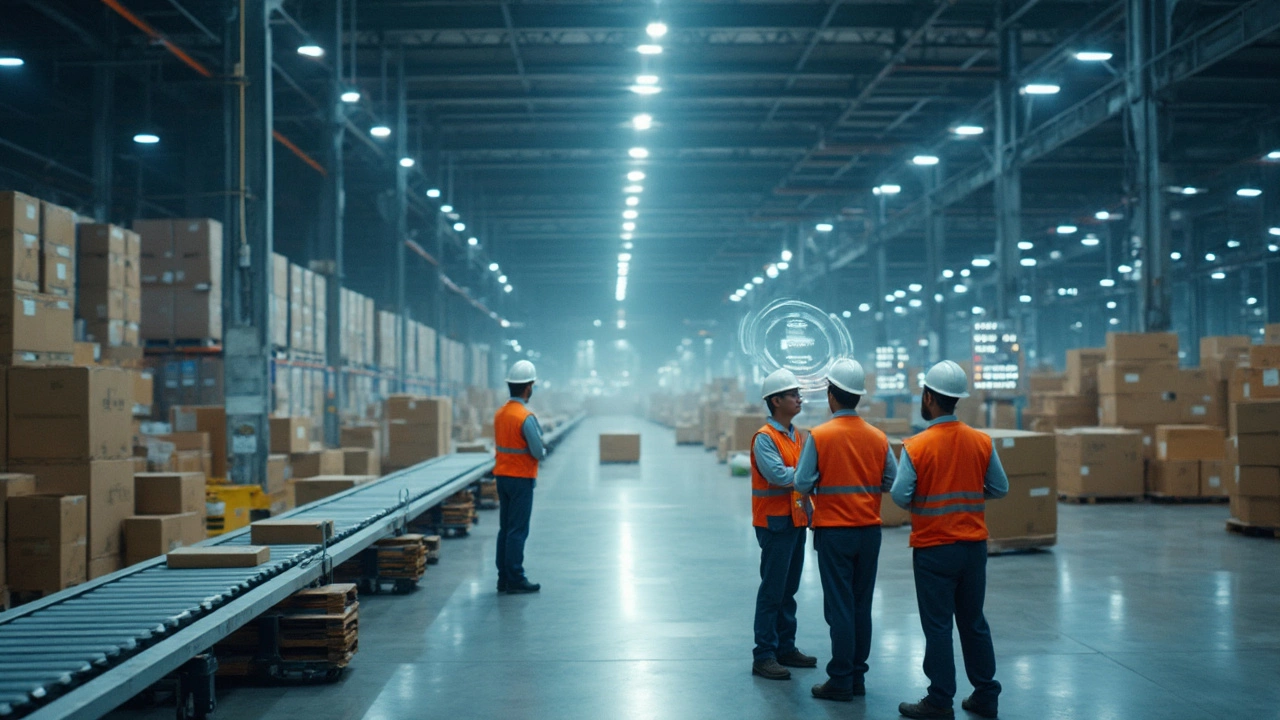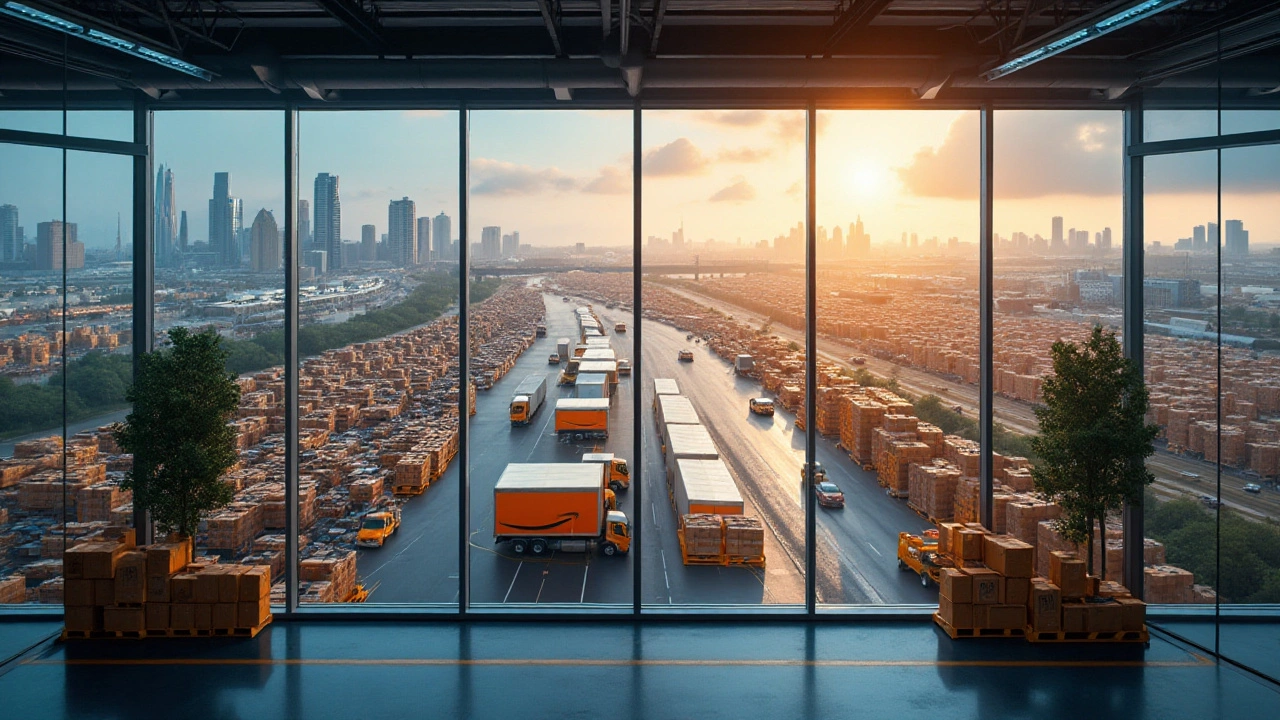Amazon Warehouses: What They Are and Why They Matter
Ever wonder how Amazon gets that package to your door in just a day? The secret is a network of huge warehouses, also called fulfillment centers, spread across the globe. These places aren’t just storage rooms – they’re high‑tech hubs that pick, pack, and ship millions of items every day. If you’re a seller or a business looking to improve your own logistics, understanding how Amazon’s warehouses work can give you a serious edge.
What Is an Amazon Warehouse?
An Amazon warehouse is a massive building where products are received from suppliers, stored, and then shipped out when customers order them. Inside, you’ll find rows of shelves, robots that bring bins to workers, and conveyor belts that move packages to packing stations. The whole system is designed to cut down the time between an order and a delivery, often to under 24 hours.
Why Size Matters in Amazon Fulfillment
When you hear "largest Amazon warehouse," you’re hearing about a space that can hold over a million pallets. Bigger warehouses mean more inventory can sit close to major markets, which shortens travel distance and speeds up delivery. For example, the biggest Amazon facility in the world sits on over 1 million square feet and services millions of customers across the region. That sheer scale lets Amazon offer same‑day or next‑day shipping on a huge range of products.
Size also gives Amazon flexibility. During peak seasons like Prime Day or the holidays, the extra space lets them bring in extra stock without scrambling for room. Faster restocking means fewer stock‑outs and happier shoppers. If you run a store on Amazon, keeping your inventory in these big hubs can protect you from running low when demand spikes.
But big warehouses aren’t just about space. They’re packed with technology that tracks every item in real time. Sensors tell the system exactly where each product lives, and AI predicts which items will sell next, moving them to the most active zones. This smart layout shrinks the distance a picker has to walk, shaving seconds off each order – seconds that add up to minutes saved across thousands of shipments.
For businesses outside Amazon, the same principles apply. Using a logistics partner that offers large, well‑organized storage can boost your own order speed. StockOne Logistics, for instance, provides modern warehouse solutions that mirror Amazon’s efficiency – from real‑time inventory tracking to rapid pick‑and‑pack services.
Another advantage of Amazon’s huge warehouses is the geographic spread. They place facilities near major highways, airports, and rail hubs, which reduces transit time. When a customer in Delhi orders a product stocked in a nearby Amazon center, the package often hops onto a local delivery van the same day. This proximity is why Amazon can promise two‑day or even one‑day delivery across most of India.
If you’re a seller, it helps to know which Amazon fulfillment center your products will land in. Some centers specialize in certain categories – like electronics, apparel, or groceries – which can affect how quickly your item gets to the customer. By aligning your inventory strategy with the right center, you can improve your own shipping times and reduce fees.
Finally, think about the future. Amazon keeps expanding its warehouse network, adding more automation and even experimenting with drone‑ready zones. Staying aware of these trends lets you plan ahead, whether you’re scaling up your own storage or partnering with a third‑party logistics provider.
In short, Amazon warehouses are massive, tech‑driven hubs that make ultra‑fast delivery possible. Their size, location, and automation give Amazon a huge advantage – and those same factors can help any business level up its supply chain. Want to tap into that efficiency? Talk to a logistics expert who can set up a similar system for your products today.
Who Builds Amazon Warehouses: Construction Companies, Contractors, and Key Players in the USA
Amazon warehouses don't just pop up overnight—behind every giant facility is a web of construction companies, project managers, and skilled workers making it happen. This article breaks down exactly who builds Amazon's warehouses in the USA and how the process works, from massive contracts to clever technology. You'll get inside info on the biggest players in the industry, real costs, and what it takes to complete these enormous projects faster than most traditional builds. Get ready for a behind-the-scenes look at the world of Amazon warehouse construction.
Read MoreWhy is Amazon Closing So Many Warehouses? The Real Story Behind the Shift
Amazon is shutting down more warehouses than ever, and it’s making waves in the logistics world. This article breaks down the real reasons behind these closures, from changing tech in supply chains to shifts in shopping habits. You'll learn how logistics software is reshaping the warehouse game and what this means for workers and businesses. We’ll look at what Amazon’s moves say about the future of fast delivery and global e-commerce. Plus, you’ll pick up some useful tips on adapting to these changes whether you run a business or just shop online.
Read MoreWhich US State Hosts the Most Amazon Warehouses?
Explore which state in the US boasts the highest number of Amazon warehouses and how this influence impacts the region's economy and logistics industry. Discover why Amazon selects specific locations for their fulfillment centers, the benefits these facilities bring, and what this means for the local job market. Dive into an analysis of the strategic logistics planning that positions certain states as key players in Amazon's distribution network. This article also provides insights into the operational dynamics and future trends of warehouse solutions.
Read More

